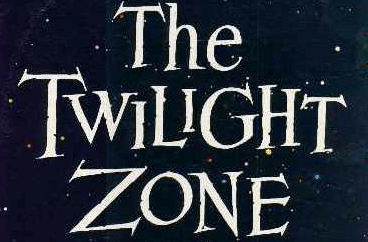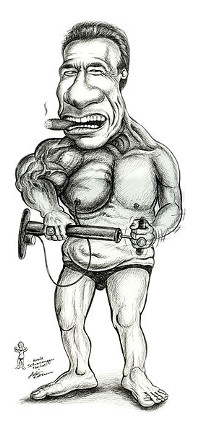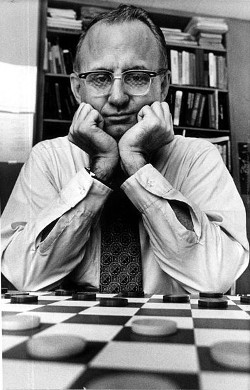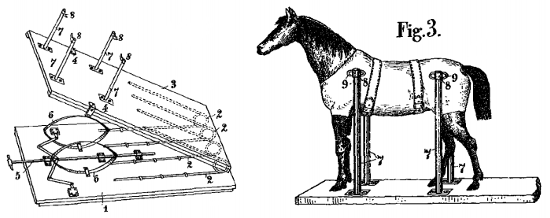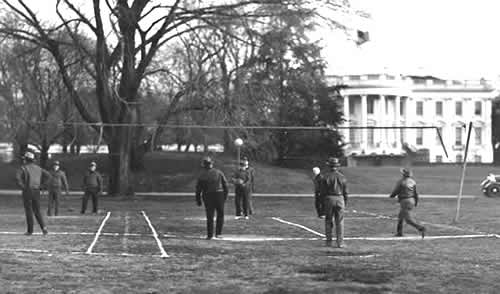The theme music for the British television series Inspector Morse starts with a motif based on the Morse code for the word Morse:
-- --- ·-· ··· ·
“It was just a little in-joke,” composer Barrington Pheloung told Essex Life & Countryside in 2001. “I put his name at the beginning and then it recurred all the way through.”
Encouraged, he carried the idea into subsequent episodes. “Sometimes I got a bit cheeky and spelled out the killer’s name in the episode. In the episode ‘WHOK,’ which was a bit of an enigma, the culprit was called Earle. So he got plastered all over the orchestra.” When viewers caught on to this, occasionally he’d insert another character’s name to fool them.
And sometimes he’d give them the slip entirely. When the episode aired in which the detective was due to reveal his first name, 20 million people tuned in to listen for clues in the music, and a national newspaper enlisted the Royal College of Signalling to decipher the notes. They found nothing. (The inspector’s name is Endeavour.)
(Thanks, Dave.)
UPDATE: In the same spirit, the theme to the 1970s British sitcom Some Mothers Do ‘Ave ‘Em (below) spells out the series’ title in Morse code (minus the apostrophes). (Thanks, Nick.)
https://www.youtube.com/watch?v=ICnl_7u0sp8

